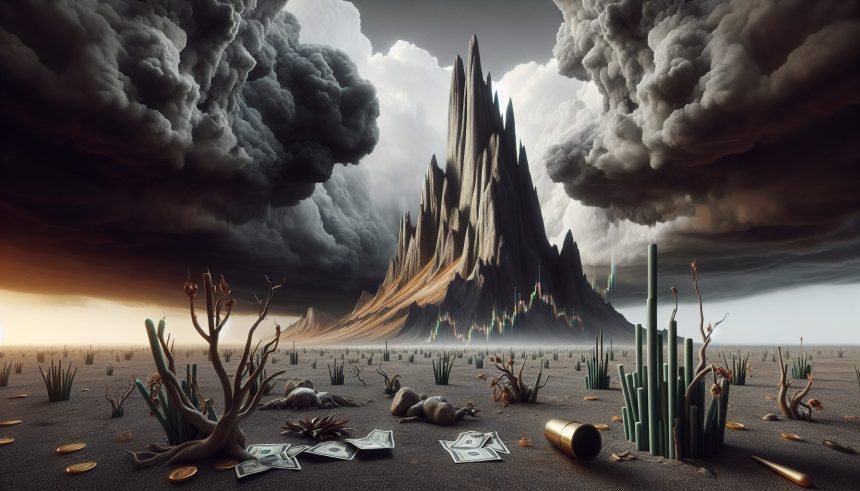The Federal Reserve maintained its key interest rate projection on Wednesday, which Wall Street anticipated, but also raised concerns about deeper structural problems for the U.S. economy. The official forecast from Fed officials still pointed to two interest rate cuts in 2025. However, the outlook for economic growth was lowered and the inflation forecast was raised.
This sparked concerns among some experts about potential stagflation, when sluggish growth is accompanied by stubborn price increases. Fed Chair Jerome Powell cautioned against reading too much into the dot plot of interest rate cuts during his press conference. “We expect the Fed to cut later this year, but look at the balance of shifts in these forecasts: We’re going from stagflation-light to maybe stagflation-moderate,” said Frances Donald, RBC Capital Markets chief economist, during “Power Lunch.”
Others were encouraged by the sustained support for two rate cuts this year.
Dan Siluk, head of global short duration and liquidity and portfolio manager at Janus Henderson Investors, noted, “This is a dovish hold that keeps the door open to rate cuts in the second half of 2025. The Fed is clearly signaling that it is not in a rush but is prepared to act if inflation continues to ease and labor market softness deepens.”
However, the upward revision to inflation forecasts may temper expectations for aggressive easing.
Fed’s rate pause worries markets
The unchanged 2025 rate path reassures markets that the Fed remains flexible. David Kelly, Chief Global Strategist at JPMorgan Asset Management, said on “Power Lunch:” “I think they could hold rates all the way until the end of the year… Right now, do not hold your breath waiting for low rates from the Federal Reserve because they don’t seem to have any intention of delivering them.”
Jim Caron, Chief Investment Officer of Morgan Stanley Investment Management’s portfolio solutions group, added, “What the Fed is basically saying is that the risks to inflation are skewed to the upside.
The risk to unemployment is also skewed to the upside. This is what I think is somewhat being confused as a stagflationary event for markets. This is really about a risk distribution…
We’re moving towards a no-rate-cut environment going forward.”
Bill Adams, Chief Economist for Comerica Bank, pointed out, “The Fed doesn’t have great tools to combat stagflationary shocks like tariff hikes or Mideast oil supply disruptions.”
Richard Flynn, Managing Director at Charles Schwab UK, commented, “The larger story here is that there is a clear misalignment between political expectations and monetary policy objectives, as the Fed continues to maintain a wait-and-see approach to gauge the downstream impact of tariffs on the broader economy before taking action.”
Jamie Cox, Managing Partner for Harris Financial Group, stated, “The Fed continues to overplay the inflation story and isn’t paying attention to burgeoning demand weakness. While the dot plot forecasts three rate cuts through 2026, the more likely scenario is three rate cuts by the end of 2025.”
Loretta Mester, former Cleveland Fed President and adjunct professor at the Wharton School, remarked on “Power Lunch,” “Even though they may look through the price increases that come from tariffs, there’s no compelling reason for them to make a change now in the policy rate, with the economy performing pretty well, and they’re still uncertain about the second half. So I think they made the right move today by doing nothing with the funds rate.”







